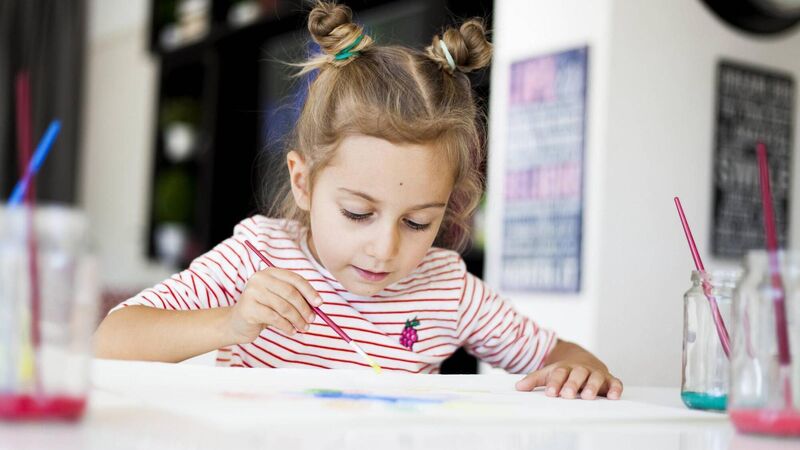Colman Noctor: Boredom is the playground of developing minds

Too much screen time robs children of the opportunity to play and develop a range of social and task-based skills.
Try from €1.50 / week
SUBSCRIBEWhen we replace idle moments with continuous digital distraction, we forgo a vital catalyst for creativity.
For younger children, free, unstructured play, often sparked by boredom, creates an environment where they set their own rules, explore, experiment, sometimes fail, and hopefully try again.
Already a subscriber? Sign in
You have reached your article limit.
Annual €130 €80
Best value
Monthly €12€6 / month
Introductory offers for new customers. Annual billed once for first year. Renews at €130. Monthly initial discount (first 3 months) billed monthly, then €12 a month. Ts&Cs apply.
CONNECT WITH US TODAY
Be the first to know the latest news and updates
Newsletter
The best food, health, entertainment and lifestyle content from the Irish Examiner, direct to your inbox.
© Examiner Echo Group Limited